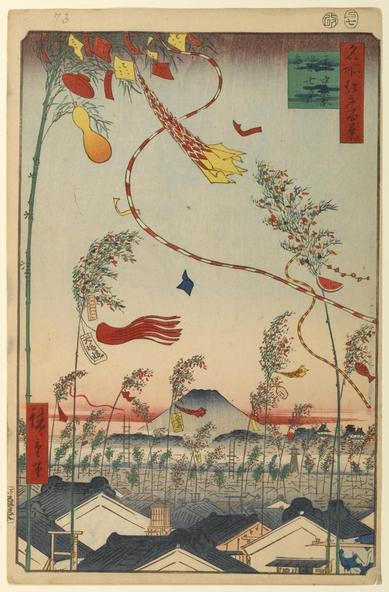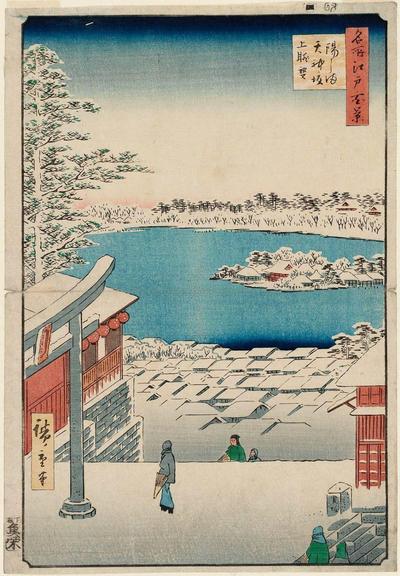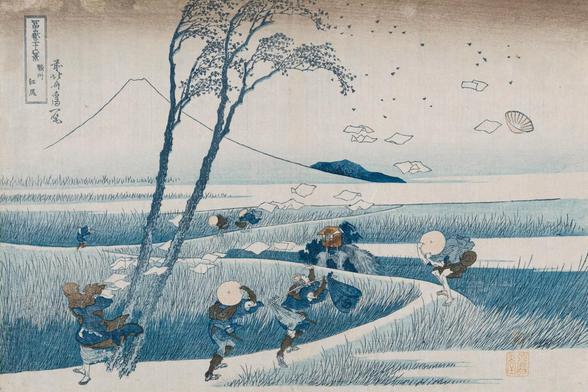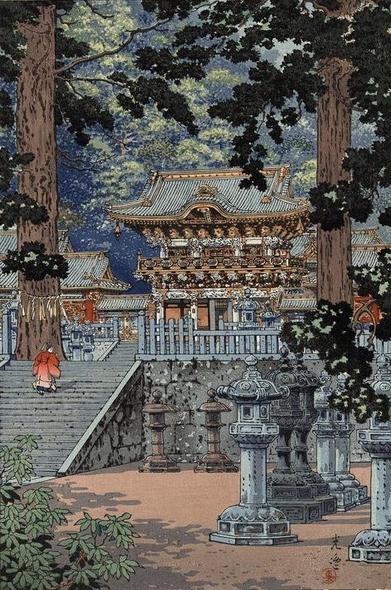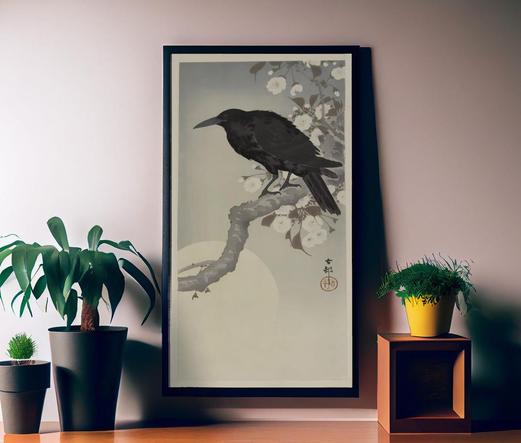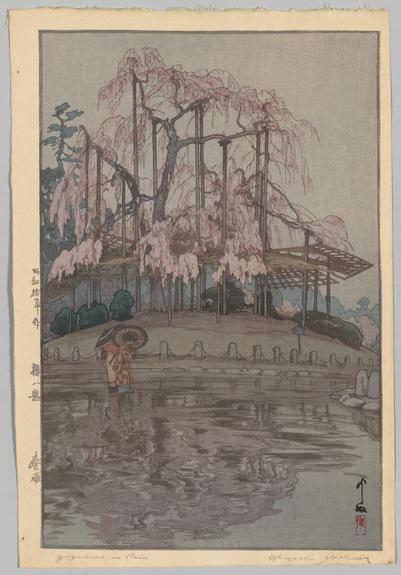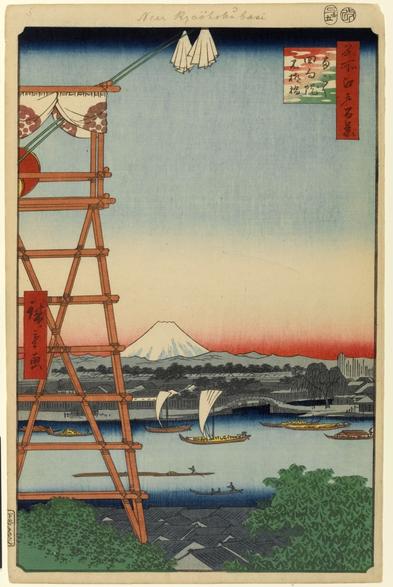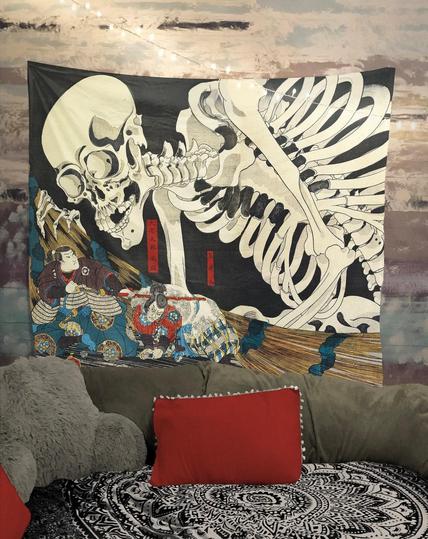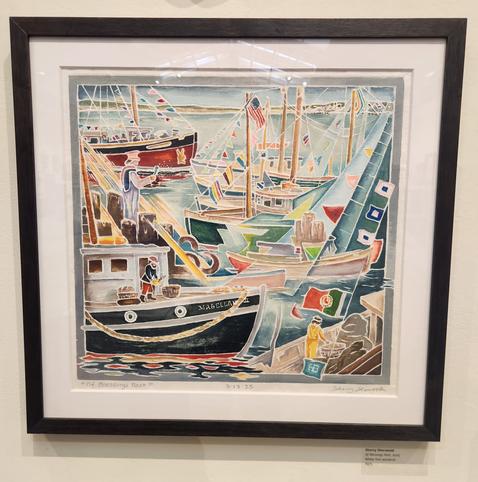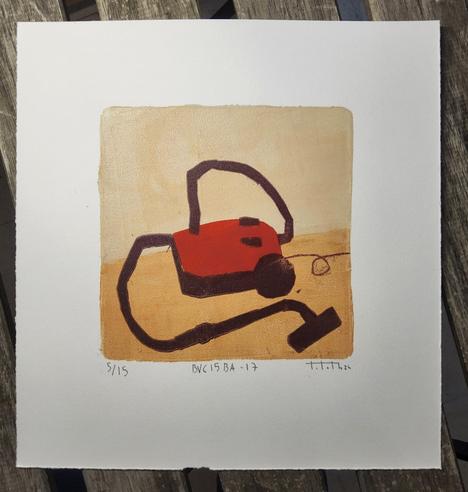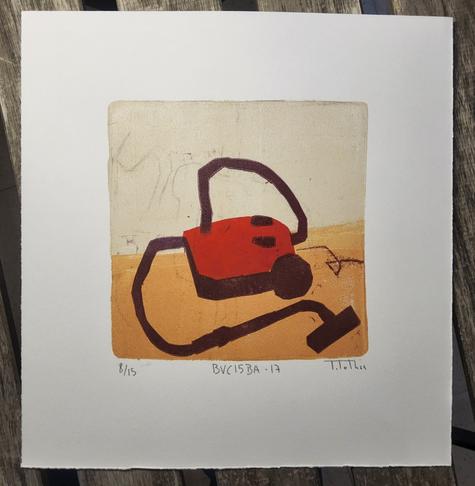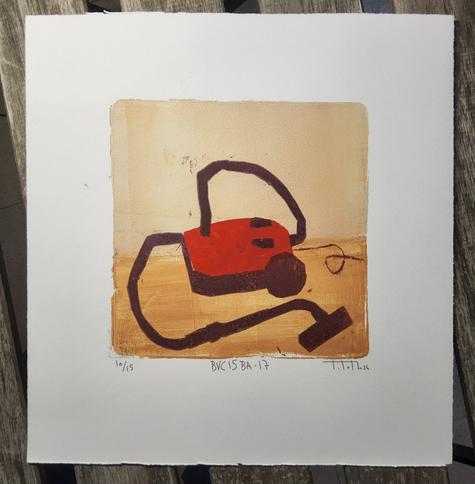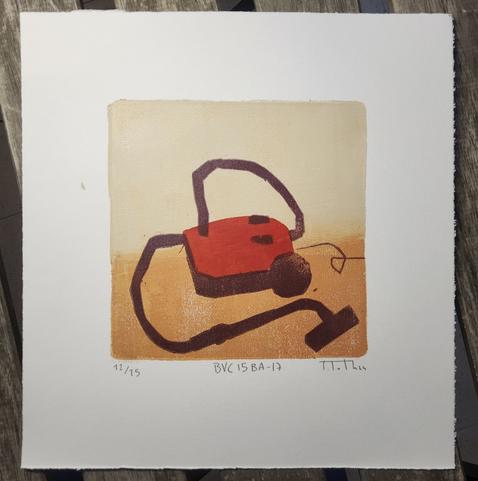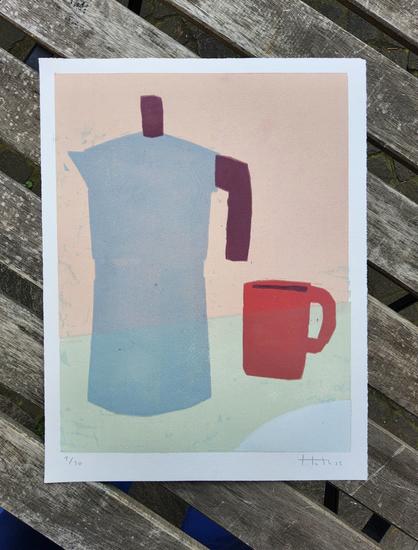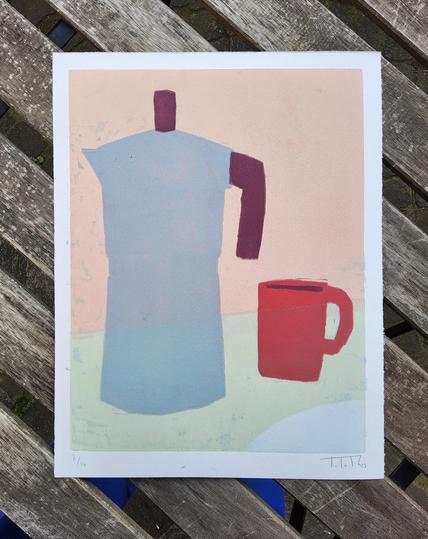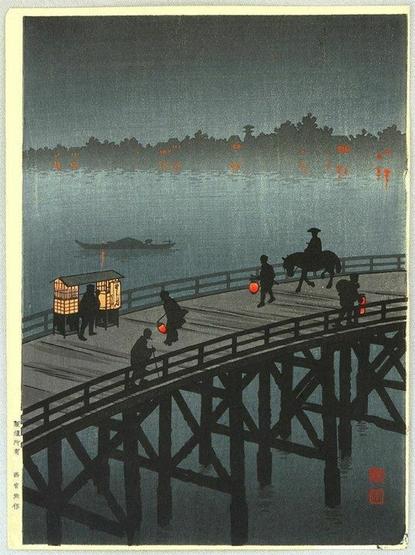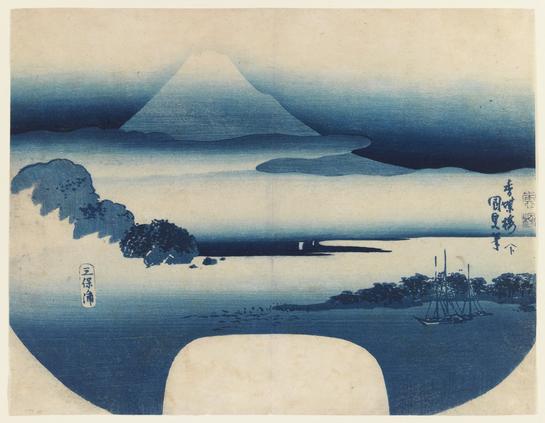Hiroshige
Image 73 of 100 Views of Edo, Autumn, Tanabata Festival
#Woodblockprint
Yushima Tenjin Shrine in #winter, #woodblockprint by #Hiroshige.
#ukiyoe
Ejiri in Suruga Province from the series Thirty-six Views of #MountFuji by #Hokusai, about 1830-31. #woodblockprint depicting travelers blown off a twisting road by a sudden gust of wind.
#ukiyoe
Tsuchiya Koitsu (#TsuchiyaKoitsu) The Gate Yomei, the Nikk o Shrine (1939) #woodblockprint.
ICYMI: Japanese Woodblock – Crow and Moon – Bohemian Vintage – Print Large Artwork – Floral – Long Poster – 1800s by DesignBohemian https://serenitydesigns.org/2025/08/15/japanese-woodblock-crow-and-moon-bohemian-vintage-print-large-artwork-floral-long-poster-1800s-by-designbohemian/?utm_source=dlvr.it&utm_medium=mastodon #JapaneseArt #WoodblockPrint #VintageArt #BohemianStyle #LargeArtwork
The serenity of "Eight Scenes of Cherry Blossoms: Spring Rain" immerses viewers in a tranquil world where delicate pink blossoms dance in the rain. Would a print like this inspire you to find beauty in a rainy day?
#JapaneseArt #WoodblockPrint #ClevelandArt
https://clevelandart.org/art/2016.79
Of course it is once I am done carving out the registration marks (and glueing back some wood I broke in the process) that I remember the lovely people from Woodlike Matsumura gave me registration stickers.
Hiroshige
Ryōgoku, Sumida
Utagawa Hiroshige (Japanese, 1797–1858). New Year's Eve Foxfires at the Changing Tree, Oji, No. 118 from One Hundred Famous Views of Edo, 9th month of 1857. Woodblock print, sheet: 14 3/16 x 9 1/4 in. (36.0 x 23.5 cm); image: 13 3/8 x 8 3/4 in. (34.0 x 22.2 cm), this impression in the collection of the Brooklyn Museum. #arthistory #asianart #woodblock #woodblockprint #printmaking
From the museum: “In the late 1850s, while Japanese color prints were dominated by themes of the fantastic, Hiroshige emphasized the realities of the observed world in his work. However, here he has ventured into the world of spirits. It was believed that on New Year's Eve all the foxes of the surrounding provinces would gather at a particular tree near Oji Inari Shrine, the headquarters of the regional cult of the god Inari. There the foxes would change their dress for a visit to the shrine, where they would be given orders for the coming year. On the way, the animals would emit distinctive flames by which local farmers were able to predict the crops of the coming year.”
Festival Night Fireworks, 1924, by Yamamura Toyonari (1885-1942), woodblock print. As a print it appears in many collections both private and public. This image from the Carnegie Museum of Art. #arthistory #asianart #woodblockprint #printmaking
July! A new month, a new art history theme. For July, my theme is light in the darkness. Today we have Fireworks at Ike-no-hata (Ike-no-hata hanabi), by Kobayashi Kiyochika (Japanese, 1847–1915), Publisher: Fukuda Kumajirō, 1881, woodblock print (nishiki-e); ink and color on paper, 23.8 × 33.6 cm (9 3/8 × 13 1/4 in.), Museum of Fine Arts, Boston. #arthistory #asianart #woodblockprint #woodblock #printmaking
From the Smithsonian National Museum of Asian Art: ‘On September 3, 1868, the city called Edo ceased to exist. Renamed Tokyo (“Eastern Capital”) by Japan’s new rulers, the city became the primary experiment in a national drive toward modernization. Kobayashi Kiyochika (1847–1915), a minor retainer of the recently deposed shogun, followed his master into exile. When he returned to his birthplace in 1874, Kiyochika found Tokyo filled with railroads, steamships, gaslights, telegraph lines, and large brick buildings—never-before-seen entities that were now ingrained in the cityscape.
Self-trained as an artist, Kiyochika set out to record his views of Tokyo. A devastating fire engulfed the city in 1881 and effectively ended the project, but the ninety-three prints he had completed were unlike anything previously produced by a Japanese artist. Avoiding the colorful and celebratory cityscapes of traditional woodblock prints, Kiyochika focused on light and its effects. Dawn, dusk, and night were his primary moments of observation, and his subjects—both old and new—are veiled in sharply angled light, shadows, and darkness. To accommodate this new way of seeing, Kiyochika effectively invented a visual vocabulary that incorporated elements of oil painting, copperplate printing, and photography. Interest in Kiyochika’s prints revived in the 1910s, when Tokyo intellectuals began to interpret the series as a critique of modernity.’
Your art history post for today: The Foxes' Wedding (Kitsune no yomeiri), from the album Tawamure-e (Playful Pictures), by Adachi Ginkō (1853–1902), ca. 1884–85, woodblock print (nishiki-e); ink and color on paper, 12 x 18.2 cm (4 3/4 x 7 3/16 in.), this impression in the Museum of Fine Arts, Boston. #arthistory #woodblock #woodblockprint #asianart
From Wikipedia: ‘The term "kitsune no yomeiri" can refer to several things: atmospheric ghost lights, in which it appears as if paper lanterns from a wedding procession are floating through the dark; sunshowers; or various other phenomena that may resemble wedding processions and are referenced in classical Japanese kaidan, essays, and legends. The kitsune no yomeiri is always closely related to foxes, or kitsune, who often play tricks on humans in Japanese legend; various Shinto rituals and festive rites relating to the kitsune no yomeiri have been developed in various parts of Japan.’
Your art history post for today: by Japanese artist Utagawa Kuniyoshi (1797–1861), detail, “The Wedding Colour Alteration Ceremony,” also called “The Bride Changing Clothes After the Wedding Ceremony,” ca. 1844-1847, woodblock print, ink and color on paper. As a print it appears in many collections, both public and private. #arthistory #asianart #woodblockprint #woodblock #printmaking
Mitsukuni Defies The Skeleton Spectre (Utagawa Kuniyoshi) Tapestry by Printagrams https://www.etsy.com/listing/628709094/mitsukuni-defies-the-skeleton-spectre?ref=rss&utm_source=dlvr.it&utm_medium=mastodon #UtagawaKuniyoshi #JapaneseArt #WoodblockPrint #MythicalArt #SkeletonSpectre
This Friday's art appreciation moment is Of Blessings Past, Sherry Sherwood, 2025. #art #artist #woodblock #woodblockprint #FridayArtAppreciation
Koho Shoda
Kunisada
